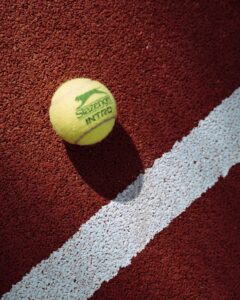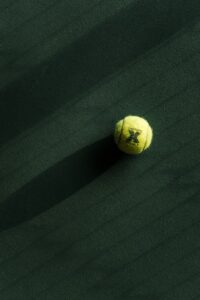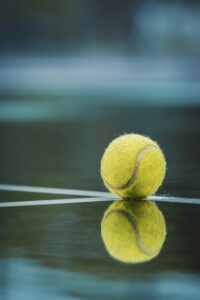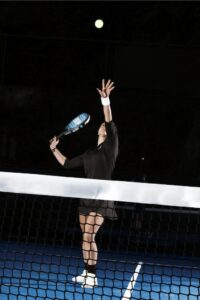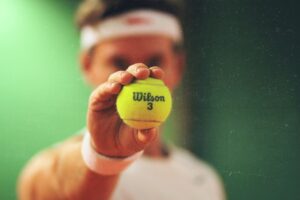The Importance of Choosing the Right Padel Ball for Hard Courts
3 min read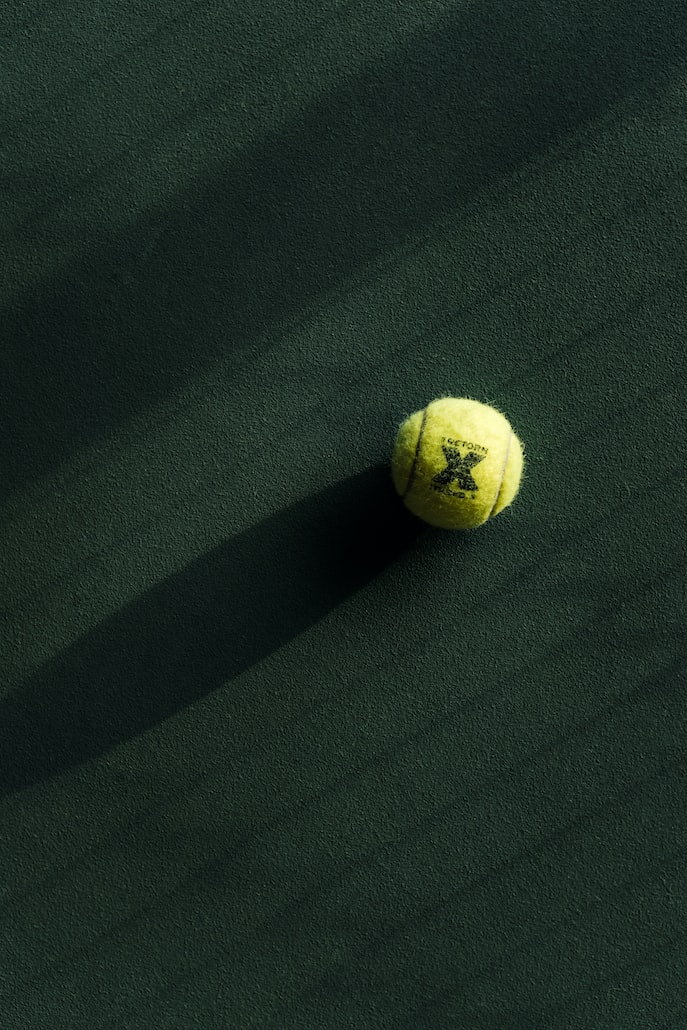
The Importance of Choosing the Right Padel Ball for Hard Courts
As a padel expert, I’ve seen it all on the court – the graceful smash shots, the precision drop shots, and the exhilarating volleys. But one thing that often gets overlooked in the game of padel is the importance of choosing the right ball, especially when playing on hard courts. Padel balls for hard courts can make or break your game, so let’s dive into why selecting the appropriate ball for this surface is crucial.
Why Hard Courts are Different
First and foremost, let’s take a moment to appreciate the unique characteristics of hard courts. Unlike clay or grass courts, hard courts are made of materials like concrete or asphalt, providing a fast and consistent playing surface. Due to this firmness, the ball bounces higher and moves much faster on hard courts. The increased speed poses a challenge, and hence, the choice of the right padel ball is vital.
The Role of Ball Types
Now, let’s dive into the different padel ball types and their impact on hard court games:
1. Pressurized Balls
Pressurized padel balls are the most commonly used balls in the game. They have a hollow core filled with high-pressure air for optimal bounce. On hard courts, the fast surface combined with the speed of these balls can make the game even more intense. The lively bounce provided by pressurized balls allows for quick reactions and powerful shots, making them a preferred choice for many professional players.
2. Non-Pressurized Balls
Non-pressurized padel balls are another option for hard courts. These balls have a solid core, usually made of rubber, which gives them a more controlled bounce. While these balls may not have the same power as pressurized ones, they can provide better spin and accuracy for players who prefer finesse over speed. Non-pressurized balls have a longer lifespan, making them economical for regular players.
3. Extra-Duty Felt Balls
For hard court enthusiasts, extra-duty felt balls can be a game-changer. These balls are specifically designed for hard surfaces, with a thicker felt covering that adds durability and allows for better grip on the court. The added grip helps players generate more spin and control the ball with ease, giving them an advantage in their game strategy.
Choosing the Perfect Padel Ball
Now that we understand the ball types, let me help you choose the perfect padel ball for hard courts:
Consider Your Style of Play
Are you a power player or a finesse specialist? Understanding your style of play can determine the preferred ball type. If you love smashing powerful shots, go for pressurized balls. If you prefer controlling the ball with spin and accuracy, opt for non-pressurized or extra-duty felt balls.
Consult with Fellow Players
Discussing ball preferences with other players can provide valuable insights. Engage in conversations with experienced padel enthusiasts and seek their advice. They may recommend specific brands or models that perform well on hard courts, giving you a head start in finding the perfect ball for your game.
Experiment and Adapt
Tennis legend Roger Federer once said, “Sometimes you have to accept that you can’t win all the time.” This applies to the quest for the perfect padel ball as well. Don’t be afraid to experiment and adapt. Try different ball types from reputable brands and observe how they behave on the hard court. Listen to the feedback your shots provide and embrace the learning process.
In Conclusion
Choosing the right padel ball for hard courts is a crucial aspect of the game. From pressurized balls that provide power and speed to non-pressurized or extra-duty felt balls that offer more control and spin, the options are vast. Assess your style of play, seek advice from fellow players, and be open to experimenting. Together, let’s elevate our game and conquer the hard court challenge with the perfect padel ball!

